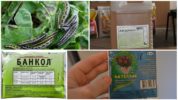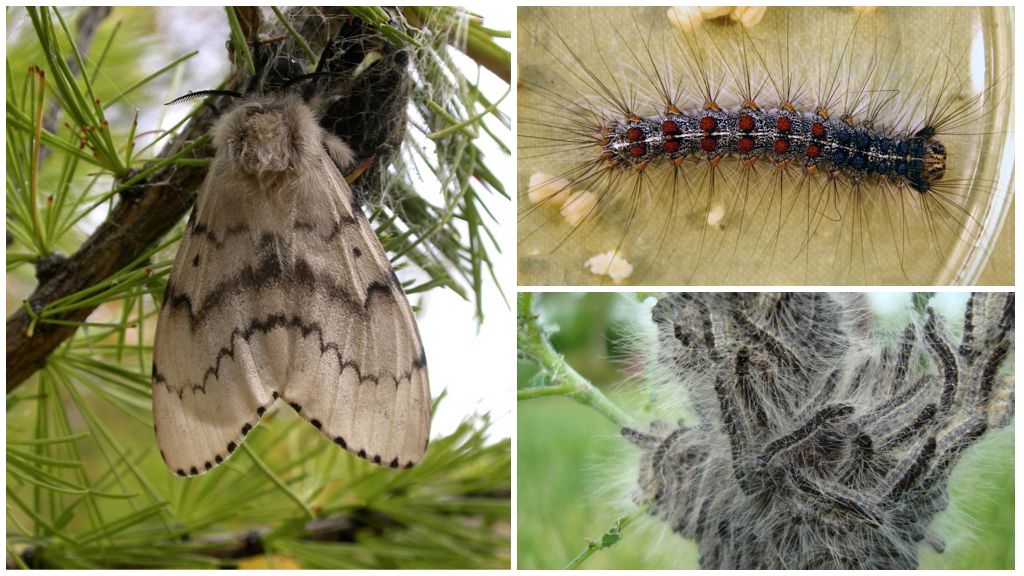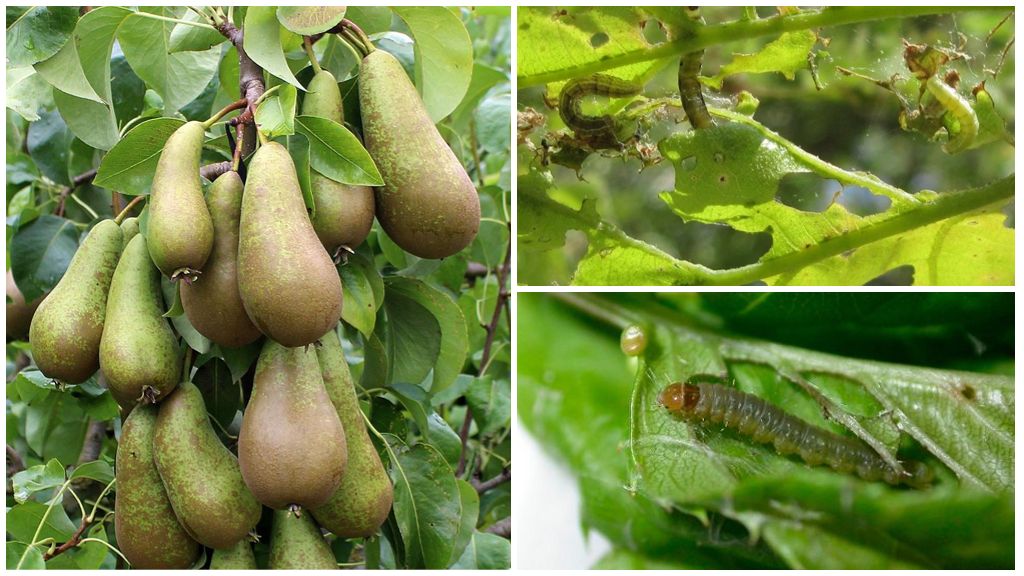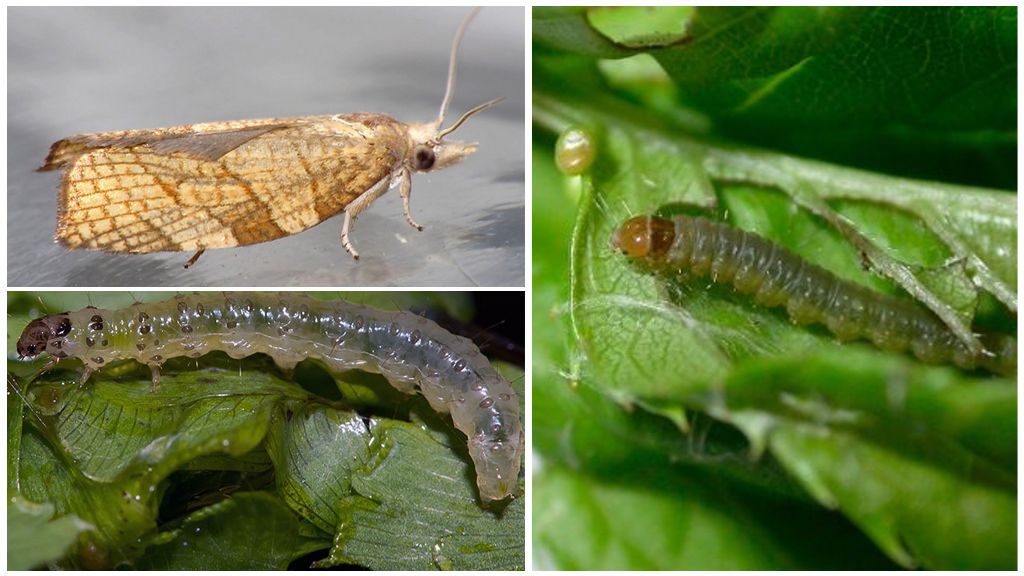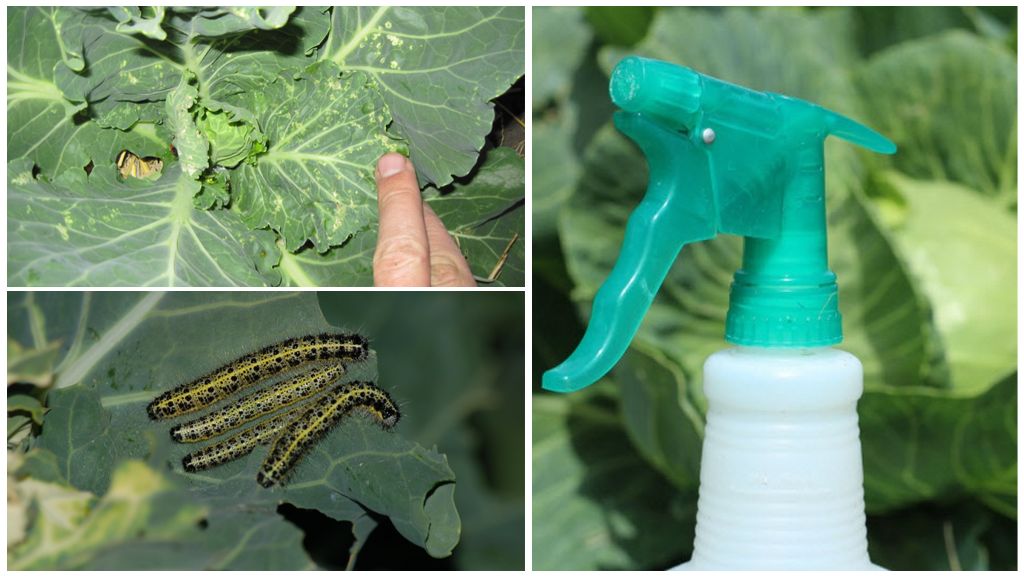- Track Control Chemicals
- Caterpillar repellent plants
- Track Control Methods
One of the most suffering from pests of vegetables in the garden - cabbage. Regardless of its variety, cabbage like to eat larvae of 4 species of butterflies, slugs and snails. If no measures are taken when the caterpillars appear on the cabbage, then up to 5 generations of pests can be replaced in the garden. The crop in this case will be completely destroyed, since the caterpillars literally eat cabbage completely, leaving only streaks on the leaves.
How to get rid
Ways to deal with caterpillars are the same as with other pests. They can be:
- mechanical;
- chemical;
- biological;
- folk.
The first option means a simple collection of tracks with hands from the cabbage beds. Caterpillars of day butterflies are easy to spot: they are thin with respect to the length of the larvae of black-green color, covered with sparse bristles. If you manage to collect them all, you can be relatively calm for the harvest.
A “greasy”, without stubble, green caterpillar on the cabbage is a bad sign. It's a larva cabbage scoops. They are active at night and day hiding. If one is discovered, you can be sure that in the shelters there is still a mass of these pests. And here already it is necessary to pass to other ways of protection of cabbage.
Chemicals
Today’s stores have a very large selection of chemicals that can handle caterpillars:
- Acarin;
- Fitoverm;
- Actellik;
- Bankol.
These insecticides can simultaneously process cabbage from aphids and caterpillars. Dilute them according to the instructions indicated on the package.
On a note!
The disadvantage of all chemicals is that they are processed at least one month before harvest.

Biological products
With a minor infection, drugs of the 4th hazard class can be used, the effect of which is based on the use of nematodes and bacteria parasitizing in caterpillars:
- Bitoxibacillin-BTU;
- Lepidocide.
Cabbage is thoroughly sprayed with the prepared solution, trying to ensure that the liquid falls on the tracks.
On a note!
The advantage of such insecticides is that they can fight not only with daytime pests, but also with caterpillars leading nightlife. Also, the drugs are completely harmless to mammals. Less: the solution cannot be stored and must be used within 19 hours after preparation.
Folk methods
With this vegetable, the main problem is that there are relatively few substances than treat cabbage from caterpillars with folk remedies. The most common cabbage varieties are cabbage, and wrapped leaves will not allow rains to wash off the preparations. Therefore, you need to choose substances that will not harm your health or, when cooking, disassemble the cabbage into leaves and wash each of them.
One of the folk remedies for caterpillars on cabbage is the mechanical collection of larvae and butterfly eggs. To do this, wear gloves, as day caterpillars covered with bristles.
You can protect cabbage from caterpillars by planting repellent plants between the beds:
- dill;
- cilantro;
- celery;
- marigold;
- parsley;
- sage;
- calendula.
Pests do not like the smell of these plants and this allows you to scare away butterflies from cabbage.

You can save cabbage from caterpillars if you spread out finely chopped eggshells on the plantings. Butterflies do not lay eggs in the occupied territory. Seeing white particles on the cabbage, the butterfly “thinks” that the eggs are already laid by someone else and flies on.
On a note!
Another way to get rid of caterpillars on cabbage by folk remedies without the use of any substances is to pull a fine mesh over the beds. The net should let in enough sunlight, but prevent butterflies from planting on cabbage to lay eggs.
Folk solutions and decoctions
Folk remedies from caterpillars the same as from other harmful insects:
- ash;
- ammonia;
- baking soda;
- vinegar;
- decoctions of nightshade tops;
- milkweed infusion (poisonous).
The smell of nightshade is unpleasant for the butterflies themselves. A strong infusion of tomato tops can scare away pests from cabbage beds. It is enough to insist 600-700 g of dry tops in 10 l of water for 2 days and spray cabbage from caterpillars and butterflies with this infusion. Before spraying, for better adhesion of the composition, add 40 g of soap.
Brine
This solution can be used to treat cabbage from slugs and caterpillars. It will affect snails.
Important!
Salt is a deadly poison for all terrestrial mollusks.
2 tbsp. tablespoons of ordinary table salt should be diluted in 10 liters of water and carefully pour the cabbage, making sure that the composition falls on the leaves. Such a solution will not cause harm to humans, even if processing is carried out immediately before harvesting.
The disadvantage of this method is that the solution is easily washed off by rain, so it is necessary to spray or water the cabbage on days when it is not expected to rain.
On a note!
Dry salt can be used as a barrier against slugs. It is enough to make grooves around the beds, lay strips of polyethylene in them (salt is not desirable in the soil) and pour salt on the plastic.
Soda and Ash
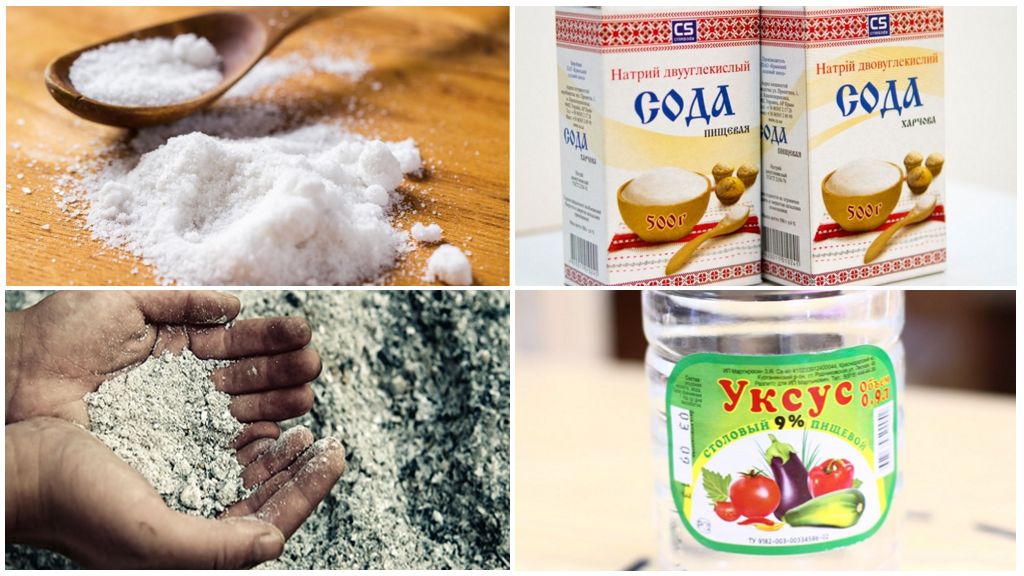
The principle of using soda and ash from the tracks is the same: sprinkle with powder the heads of cabbage. But dry powder will blow away the wind, so planting should be treated with dew. Or make an ash solution: insist 2 cups of ash in a bucket of water, add soap to improve adhesion and spray vegetables.
On a note!
Soda can be mixed with flour and powder the plants with this mixture. If you sprinkle a damp surface, the flour will stick better than soap.
Vinegar
Due to the cheapness of the ingredients and the simplicity of the preparation of the solution, the following recipes are especially popular:
- 2 cups of 9 percent vinegar per 10 liters of water;
- 2 tbsp. tablespoons of 70 percent vinegar essence per 10 liters of water.
The resulting composition must be carefully watered vegetables, be sure to "capture" the leaves.
On a note!
Pure vinegar in its pure form is not necessary. 9% table vinegar is very effective against pests, but acid corrodes not only insect tissues, but also any other organics. A too high concentration of acetic acid will damage the head of cabbage.
Ammonia
Ammonia needs 50 g per 10 liters of water. The beds are sprayed with the resulting solution.
Prevention
In addition to picking up substances than sprinkling so as not to eat cabbage, you can take preventive measures to reduce pests in the beds:
- regularly weed in the beds;
- remove all plant waste from the beds;
- regularly inspect plantings for caterpillars and eggs;
- manually collect pests.
But the best option would be to combine prevention with the treatment of plantings. Moreover, one of the ways to control weeds contradicts the item “remove waste”. Experienced gardeners advise to mulch the soil with grass, that is, plant debris, to prevent weed growth.
